- Is your field support and customer support team trained and up-to-speed on all of the products?
- Can they technically support the product line?
- Can they cross-over competitive information?
- Do the support people Do you hear them saying “I don’t know the answer to that” and end the conversation with or do they say “I don’t know the answer let me find out and call you back in 10 minutes” Do they end the call with "Are your happy with my your level of service today?”
- Are they responsive?
- Are they proactive?
- Do you have a Standard Operating Procedure on quote turnaround ( 2 hours, 24 hours, 2 weeks)?
Inside Customer Service and Support can take on many variations. I've listed a few for you to ponder.
It once took me 6 months trying to figure out why we weren't getting more orders and why were where having order delays. The end-users loved the product, the outside sales people loved product, the owners of the distributors loved the product.
It wasn't until I found out that the inside sales people placing & expediting the orders HATED dealing with the customer sales people at the manufacturer's order desk. We had a flat tire where the rubber met the road.
It only takes one component to fail for the system to break down.
Their is some internal political issue with a POLICY of the manufacturer that is so out of the norm that you can't even understand what is demotivating everyone.
Here's an example: At the end of a quarter every call made for an guarantied test trial application is responded with "I'm not sure if that's a good test." Even in cases where the promo video that the company produced for the sales people has almost the exact application featured! Finally, after much prompting you find out why:
- "The accountants are really tightening up on trial applications/test tools"
- "My boss is really riding me on any testing right now"
- "I've gone over my trunk stock budget"
- "We didn't anticipate the great response to the product so we're trying to control sales"
Don't create a promotion if you can't get the support of all of your internal departments.
Sometimes, as companies grow or get sold there are new people who very well versed accounting and legal. If they don't fully grasp what has made the company successful they can wreak havoc at the sales generation end of the business.
In most cases, it's good business, stuff the company should have been doing all along, but in others, it's policies and procedures that just create roadblocks to doing business.
I was sent this video back in 2006 by a very astute owner of a manufacturer.

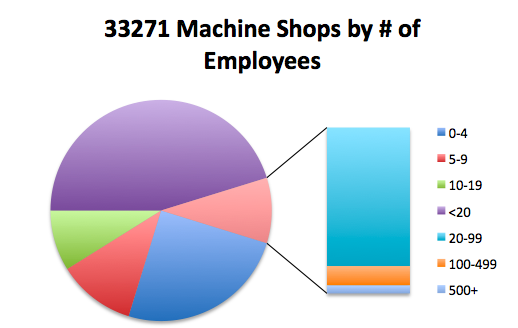
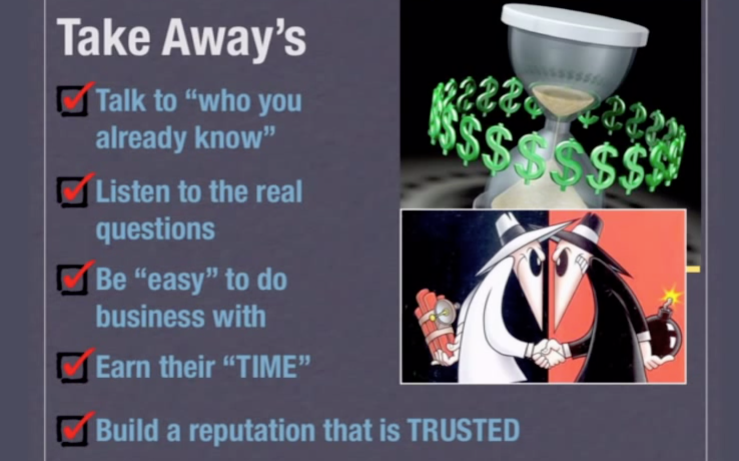


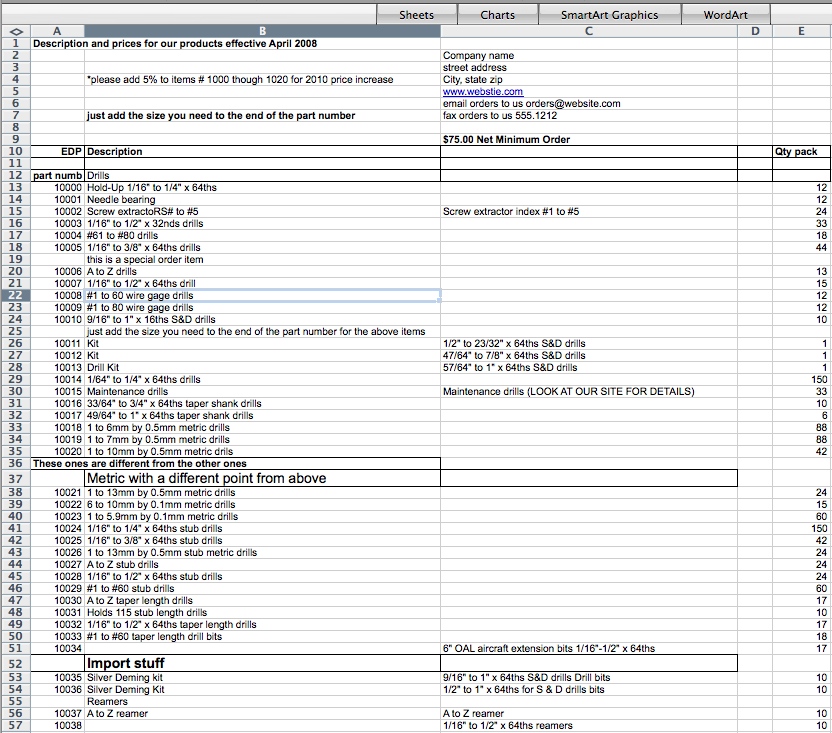

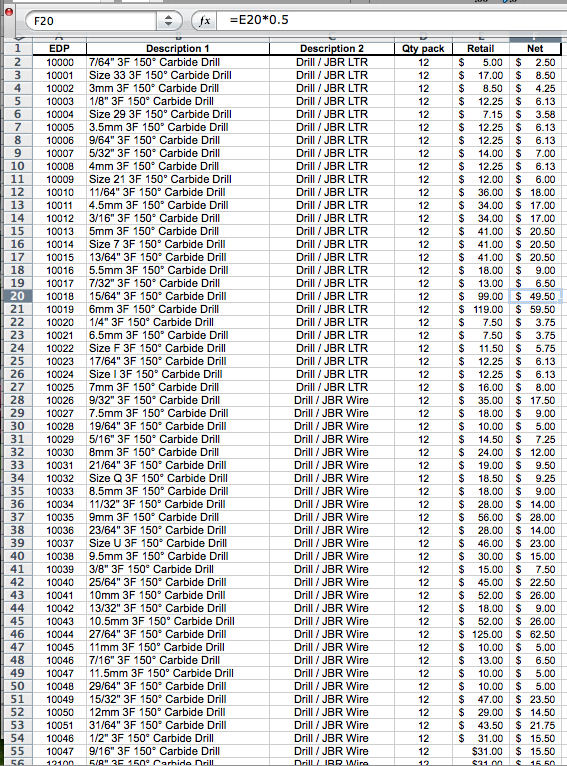


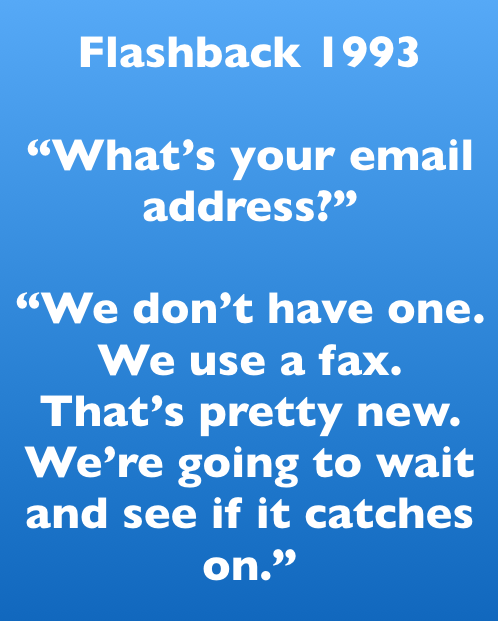
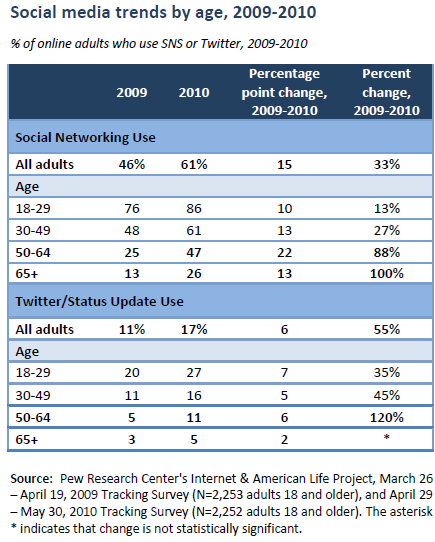


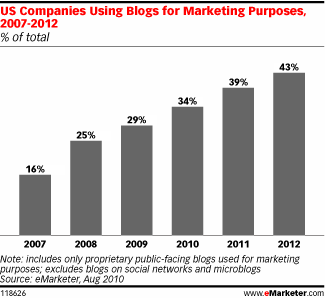
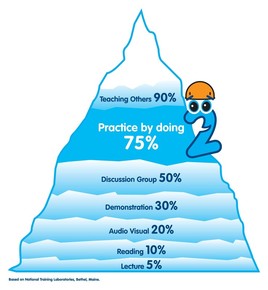
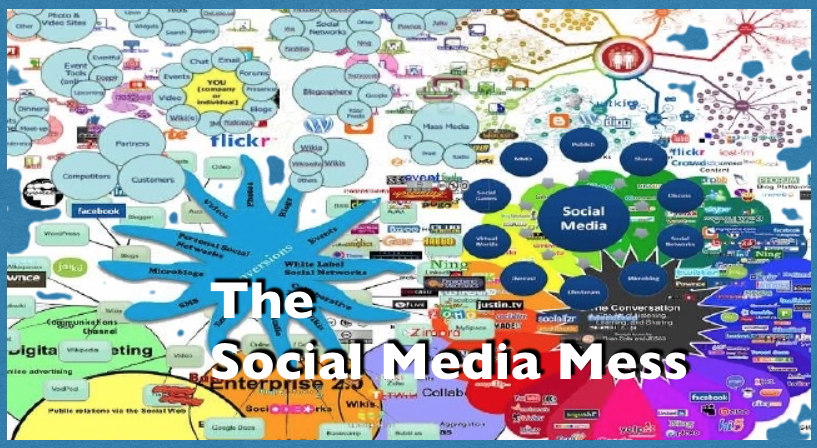
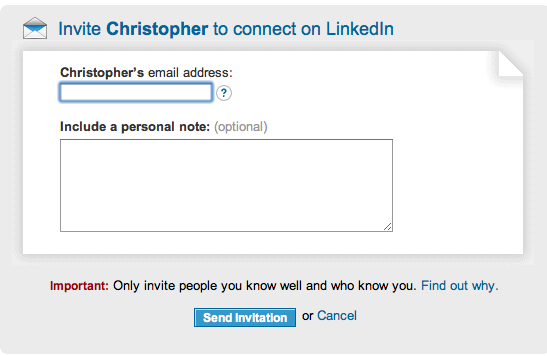
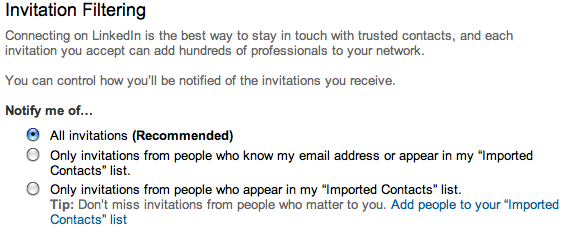
 RSS Feed
RSS Feed